In the fascinating world of venomous creatures, efficiency often trumps excess. While many venomous animals might seem indiscriminately dangerous, nature has evolved remarkable precision in some species. Among these masters of measured defense is the snake that has perfected the art of venom metering—delivering precisely enough venom to accomplish its goal without wasteful excess. This remarkable adaptation represents millions of years of evolutionary refinement, allowing these reptiles to conserve their precious defensive and hunting resources. The ability to control venom expenditure not only demonstrates sophisticated biological control systems but also challenges our understanding of reptilian intelligence and physiological regulation. Let’s explore this remarkable ability and the species that exemplify this specialized adaptation.
The Evolutionary Advantage of Venom Conservation
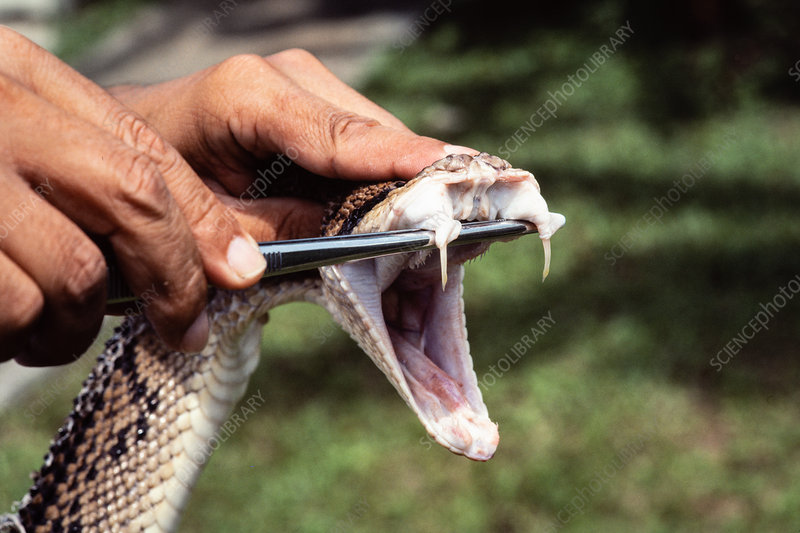
Venom production represents a significant metabolic investment for snakes, requiring energy and resources that could otherwise be directed toward growth, reproduction, or other survival needs. The biochemical compounds in venom are protein-rich and energetically expensive to synthesize, sometimes taking days or even weeks to fully replenish after depletion. This biological cost creates strong evolutionary pressure for snakes to develop mechanisms that prevent wasting this valuable resource. Species that can control their venom output gain a substantial survival advantage over those that cannot, particularly in environments where prey is scarce or predatory threats are common. The ability to meter venom also allows snakes to respond appropriately to different situations, using less venom for smaller prey and more for larger threats or meals.
The Science Behind Venom Metering

Venom metering involves sophisticated neurological and muscular control systems that allow snakes to regulate how much venom they inject during a strike. This process begins with sensory input about the target’s size, behavior, and potential threat level, which the snake processes to determine an appropriate response. Specialized muscles surrounding the venom glands can contract with varying intensity, controlling the volume of venom released through the fangs. Research has shown that this isn’t simply a mechanical process but involves active decision-making by the snake, with studies demonstrating that individual snakes will consistently deliver different amounts of venom in different situations. The venom delivery system includes ducts that can partially or fully open, much like adjustable valves, allowing for precise control over the amount released during each bite.
The Rattlesnake’s Precise Delivery System

Rattlesnakes stand out as prime examples of species that have mastered venom metering to an exceptional degree. These pit vipers can deliver what herpetologists call “dry bites”—strikes that involve no venom at all—or can inject precisely calibrated amounts depending on the perceived threat or prey size. When hunting small rodents, a rattlesnake may use just 20-30% of the venom it would employ against a larger threat, demonstrating remarkable resource management. Studies tracking venom output in controlled environments have shown that rattlesnakes consistently use less venom on smaller prey items even when their venom glands are fully charged. This precise control extends to defensive situations as well, where rattlesnakes will often deliver warning dry bites to large animals that pose no predatory threat but merely represent a perceived danger.
The Cobra’s Calculated Spray
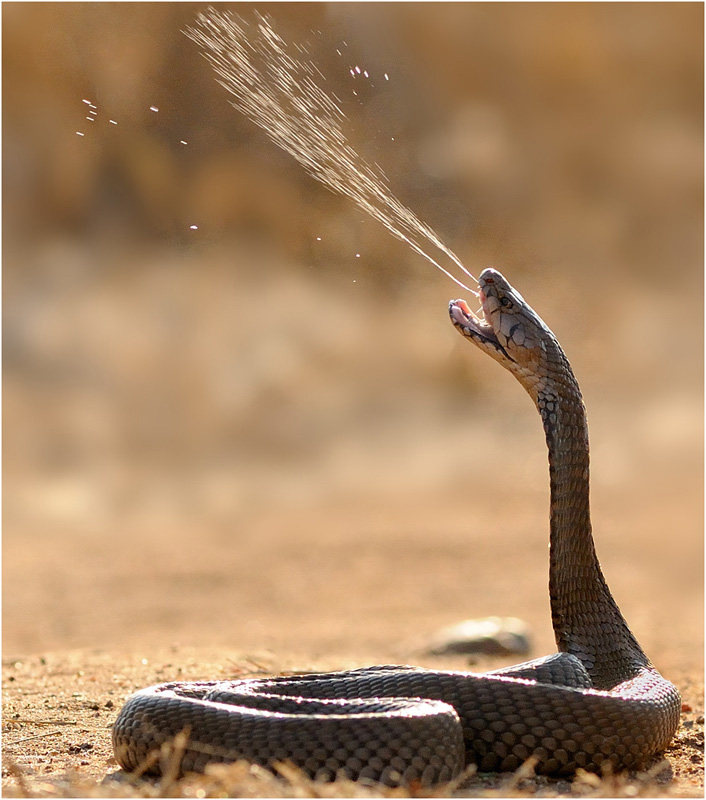
Spitting cobras have evolved into one of the most specialized forms of venom metering in the snake world, capable of not only controlling how much venom they deploy but also precisely directing it at a target’s eyes from distances up to eight feet away. This remarkable adaptation requires extraordinary muscular control of the venom delivery system, with specialized modifications to their fangs that create a spray rather than a stream. Research has shown that spitting cobras use less venom when spraying defensively than they do when biting prey, suggesting a sophisticated cost-benefit analysis system at work in their brains. The venom used in defensive spitting is also sometimes slightly different in composition from that used in predatory bites, representing another layer of resource optimization. Cobras can furthermore adjust the concentration and pattern of their spray depending on the distance to their target, demonstrating a level of calculation that seems almost mathematical in its precision.
Dry Bites: The Ultimate Conservation Strategy
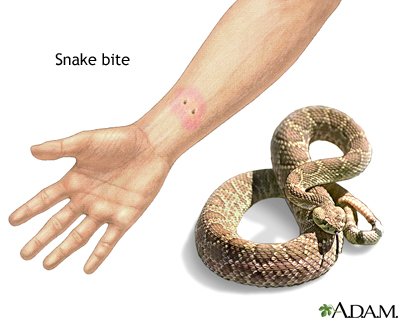
Perhaps the most striking example of venom metering is the “dry bite” phenomenon, where venomous snakes strike without delivering any venom whatsoever. This occurs in approximately 20-25% of defensive bites from venomous snakes and represents the ultimate conservation strategy. Dry bites allow snakes to defend themselves without depleting their valuable venom reserves, which they need primarily for hunting rather than defense. Studies examining bite incidents in humans have found that species like the eastern diamondback rattlesnake and the king cobra deliver dry bites with surprising frequency when confronted by humans, suggesting they recognize we aren’t prey items worth the venom expenditure. This selective deployment indicates a level of threat assessment and decision-making that contradicts the common perception of snakes as simple, reflexive creatures.
How Snakes Assess Their Targets
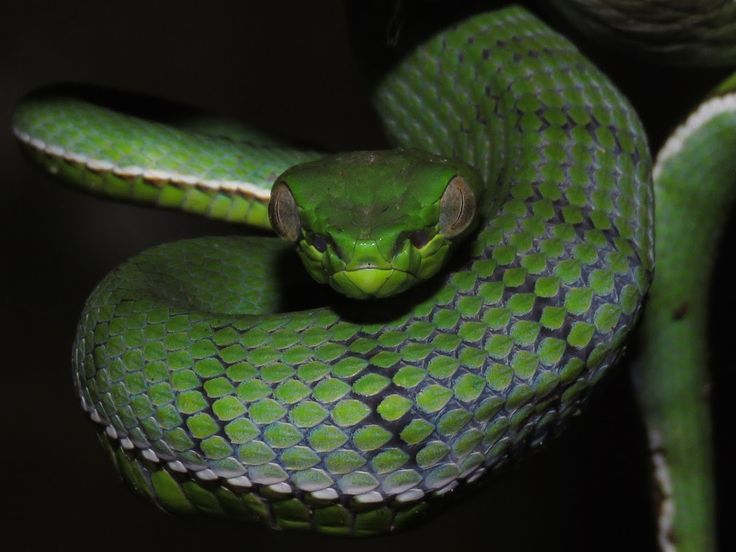
The process of determining how much venom to use begins well before a snake strikes, with sophisticated sensory systems gathering crucial information about potential targets. Pit vipers use heat-sensitive pits to create thermal images of their surroundings, allowing them to gauge the size and metabolic activity of nearby animals. Meanwhile, all snakes use their vomeronasal organ (Jacobson’s organ) to analyze chemical signatures that help identify species and assess potential threat levels. Visual cues also play an important role, with studies showing that snakes respond differently to objects of different sizes even when thermal and chemical signals are controlled for. These sensory inputs feed into the snake’s central nervous system, where decision-making processes weigh factors like prey value, threat level, and current venom reserves to determine the appropriate response.
Venom Metering in Defensive Versus Predatory Strikes
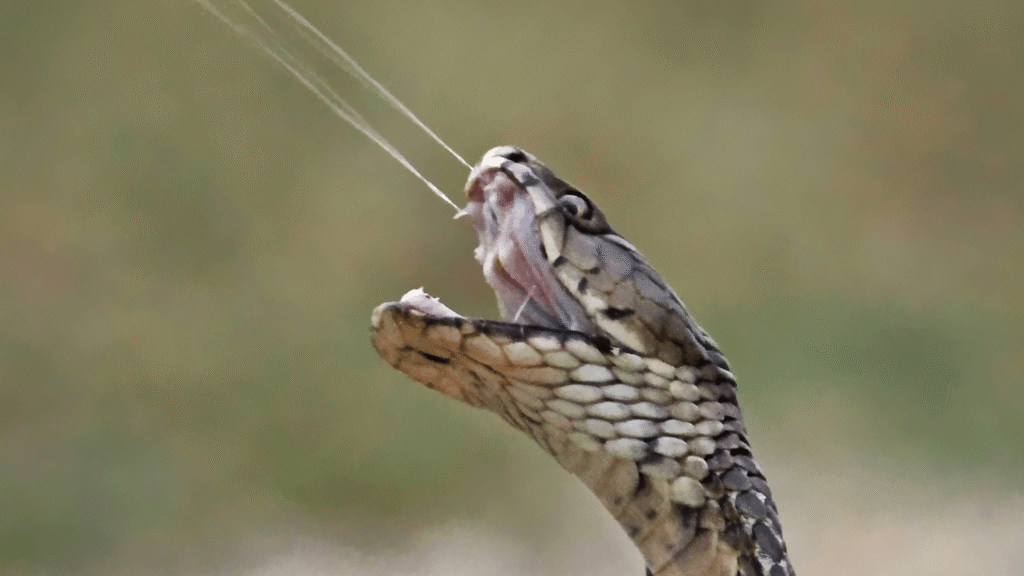
Snakes display markedly different venom-metering behaviors depending on whether they’re striking defensively or hunting for food. During predatory strikes, snakes typically deliver precisely calibrated doses sufficient to immobilize and digest their prey without excess. The calculation involves the prey’s mass, with larger prey receiving proportionally more venom to ensure quick incapacitation. Defensive strikes, by contrast, often involve either no venom (dry bites) or smaller amounts intended to cause pain and deter rather than kill a potential predator. This distinction reveals sophisticated decision-making processes, as the snake must quickly determine whether it faces a predator to be deterred or prey to be consumed. Some species, like the king cobra, are particularly adept at this distinction, rarely wasting valuable venom on non-prey animals regardless of how threatening they might appear.
The Role of Experience in Venom Control
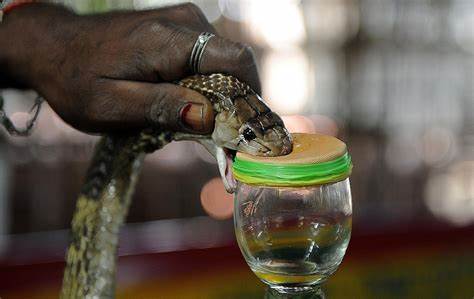
Evidence suggests that a snake’s ability to meter venom effectively improves with age and experience, indicating a learning component to this seemingly instinctive behavior. Juvenile venomous snakes often have less control over their venom delivery systems, sometimes injecting excessive amounts or failing to regulate output properly. As snakes mature and encounter various prey and threat scenarios, they appear to refine their venom-metering skills, becoming more efficient and discriminating. Research comparing the strike behaviors of captive-raised snakes versus wild specimens supports this learning hypothesis, with wild snakes displaying more nuanced venom deployment strategies. This developmental aspect of venom control challenges simplistic views of reptilian behavior as purely instinctive and suggests a more complex interplay between genetic programming and experiential learning.
The Asian Vine Snake’s Precision Hunting
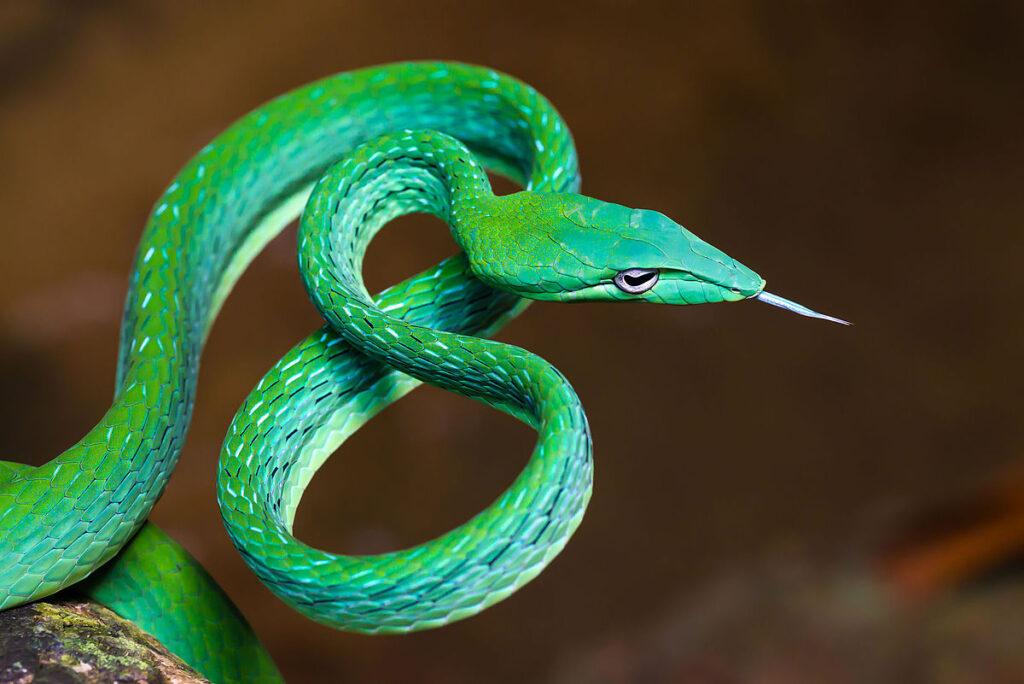
The Asian vine snake (Ahaetulla prasina) demonstrates one of the most precise venom metering systems among rear-fanged colubrids, a group not typically associated with sophisticated venom control. These slender, green tree-dwellers hunt primarily birds and lizards, requiring exact venom dosing to quickly immobilize fast-moving prey without excessive consumption of their relatively mild venom. Unlike vipers with their hypodermic-like fangs, vine snakes have grooved rear fangs that require them to chew venom into their prey, giving them exceptional control over how much venom enters the wound. Researchers studying these snakes have observed that they adjust chewing duration based on prey size, with larger prey receiving longer envenomation times while smaller victims receive briefer treatment. This precise control allows vine snakes to conserve their limited venom supplies while still hunting successfully in the competitive arboreal environments they inhabit.
Venom Metering as Ecological Adaptation
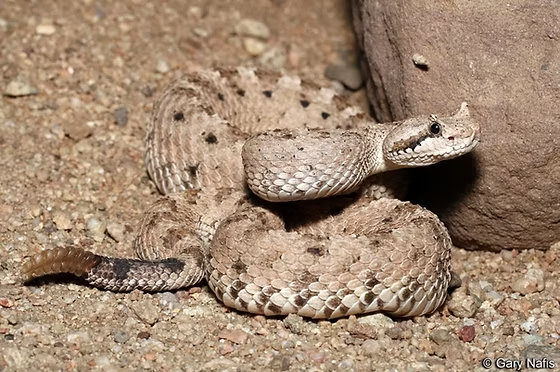
The development of venom metering capabilities appears strongly influenced by a species’ ecological niche and the relative scarcity of resources in its environment. Snakes from harsh, resource-limited environments typically display more sophisticated venom control than those from abundant habitats, suggesting that ecological pressure drives the evolution of this trait. Desert-dwelling rattlesnakes, for instance, show particularly advanced metering abilities, likely because the metabolic cost of venom production is especially high in their resource-scarce habitat. Conversely, some tropical species with abundant prey options show less refined control over venom expenditure. The distribution of this trait across snake families suggests multiple independent evolutionary origins of venom metering, highlighting its value as an adaptive strategy. This pattern of convergent evolution underscores how powerful a survival advantage precise venom control provides in challenging environments.
Medical Implications of Venom Metering
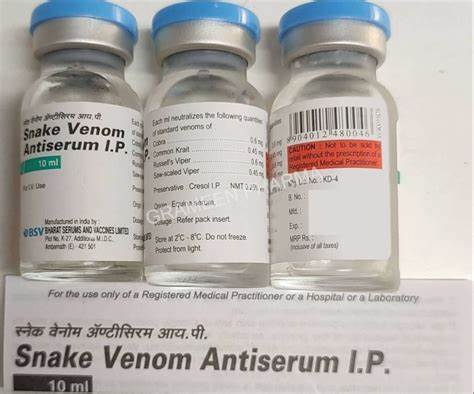
Understanding how snakes meter their venom has significant implications for treating snakebite victims, as the severity of envenomation can vary dramatically based on the snake’s intent and assessment of the situation. Medical professionals now recognize that symptoms following snakebites exist on a spectrum from dry bites (no envenomation) to severe envenomation, requiring different treatment approaches. This knowledge has led to more nuanced snakebite treatment protocols that include observation periods to determine if venom was actually injected before administering expensive and potentially risky antivenoms. The study of venom metering also contributes to the development of more effective antivenoms by helping researchers understand the natural variations in venom composition and quantity. Additionally, the precise control mechanisms snakes use to regulate venom flow have inspired medical technologies for controlled drug delivery systems, particularly for medications requiring exact dosing.
Challenges in Studying Venom Control
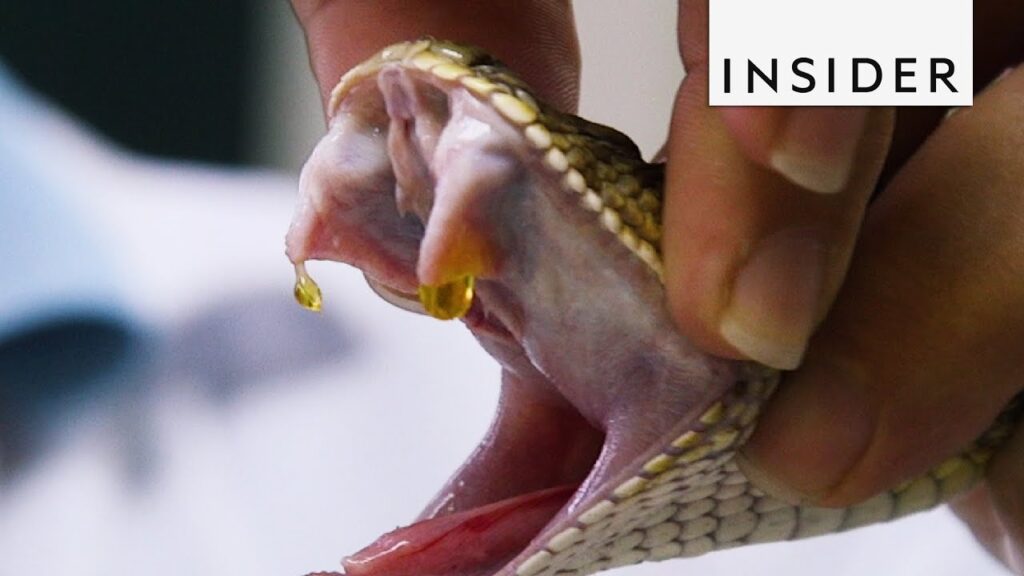
Researching venom metering presents numerous methodological challenges that have limited our understanding of this fascinating adaptation. Measuring precise venom quantities in natural settings is extraordinarily difficult, requiring specialized equipment and often disturbing the very behaviors researchers hope to observe. Laboratory studies using artificial stimuli may trigger different responses than would occur in natural predator-prey interactions, potentially skewing results. Ethical considerations also limit the types of experiments that can be conducted, particularly those involving live prey or defensive scenarios. Additionally, the sheer diversity of venomous snake species—over 600 worldwide—makes comprehensive study challenging, with most research focusing on medically significant vipers and elapids rather than the full spectrum of venomous snakes. Despite these obstacles, new technologies like high-speed video analysis, minimally invasive venom sampling techniques, and improved bioassays are gradually expanding our knowledge of this sophisticated biological control system.
Future Directions in Venom Metering Research
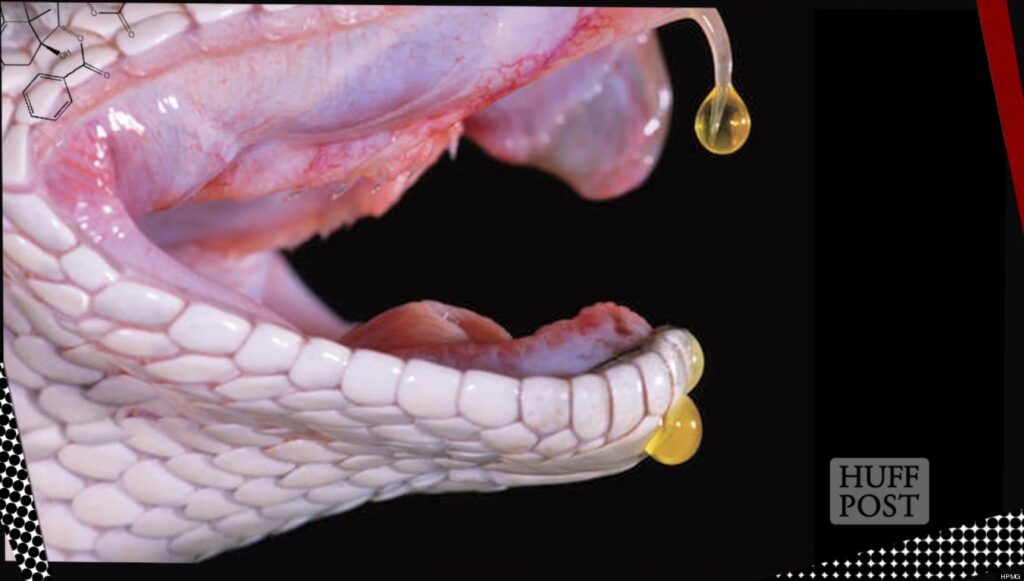
The frontier of venom metering research lies in understanding the neurological mechanisms that allow snakes to make complex decisions about venom deployment in fractions of a second. Advanced imaging techniques that can monitor brain activity in snakes during striking behavior may soon reveal the neural pathways involved in these rapid calculations. Genetic studies comparing species with different levels of venom control could identify the evolutionary changes that enabled this sophisticated adaptation. Researchers are also exploring the potential pharmaceutical applications of understanding venom metering, with possible innovations in drug delivery systems that mimic the precise control snakes exhibit. As climate change alters habitats and resource availability worldwide, tracking how venom-metering behaviors adapt could provide insights into reptilian adaptability and resilience. These multidisciplinary approaches promise to deepen our appreciation for one of nature’s most elegant examples of biological efficiency.
The remarkable ability of certain snake species to meter their venom with precision represents one of nature’s most sophisticated resource management systems. This capability challenges our understanding of reptilian cognition and highlights the extraordinary adaptations that have evolved through millions of years of natural selection. From the rattlesnake’s calculated strikes to the cobra’s measured spray, these venomous species demonstrate that efficiency often trumps excess in the natural world. As research techniques improve, we continue to gain deeper insights into the complex decision-making processes that allow snakes to deploy precisely the right amount of venom for each situation. This knowledge not only enhances our appreciation for these often misunderstood creatures but also offers potential applications in medicine and technology. The snake that uses just enough venom—never more—reminds us that in nature, precision and conservation of resources often represent the pinnacle of evolutionary success.




